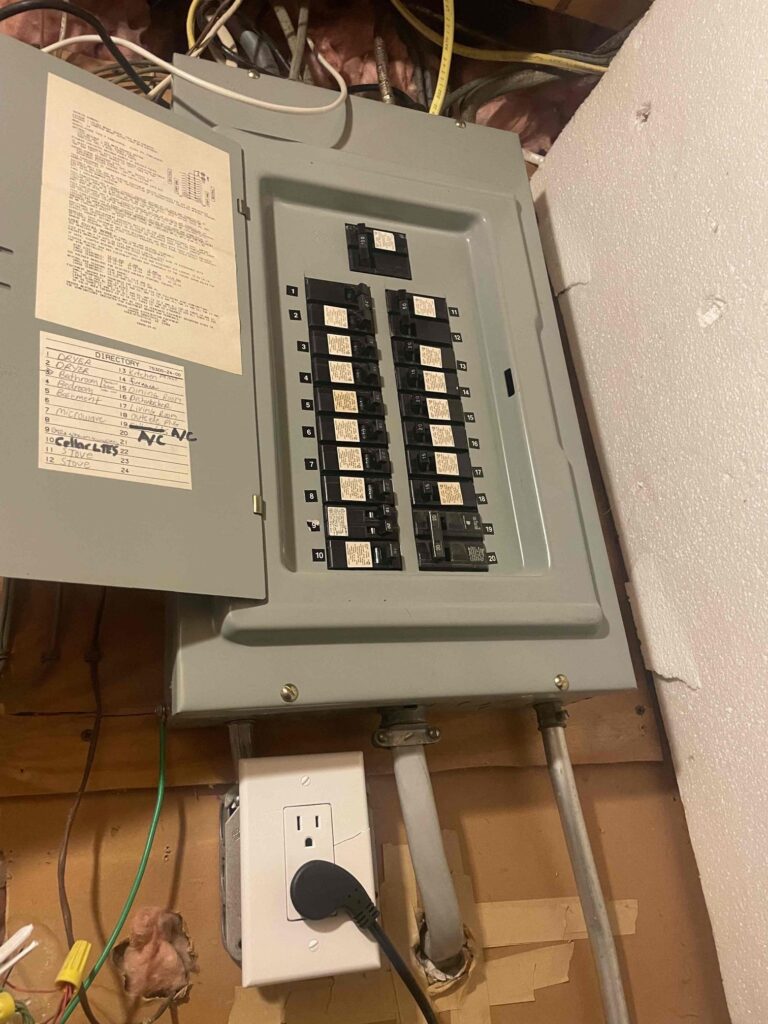With increased access to solar power, more people are harnessing the sun’s energy for their everyday needs. But how was solar power invented? Who discovered it? When did it become a mainstream energy source? This article will take you through the fascinating history of solar energy, exploring its ancient roots, groundbreaking discoveries, and its transformative impact on the world today.
Early History of Solar Power
Ancient Use of Sunlight
The earliest documented use of solar energy dates back to the 7th century B.C. when humans used magnifying glasses to ignite fires. This basic but effective method demonstrated an early understanding of how sunlight could be concentrated to generate heat. The Greeks and Romans expanded on this concept in the 3rd century B.C., developing “burning mirrors” to harness sunlight for various applications such as religious ceremonies and warfare. In 20 A.D., Chinese civilizations recorded similar uses of burning mirrors, further demonstrating the universal interest in utilizing solar power.
Burning Mirrors and Greek Engineering
One of the most famous stories in solar history involves Greek inventor Archimedes using burning mirrors to set fire to invading Roman ships in 212 B.C. While debated among historians, the concept of concentrated solar energy remains relevant today, with modern versions of these mirrors generating 10 megawatts of power in the Mojave Desert. The ability to focus sunlight using reflective surfaces laid the foundation for modern solar concentrators used in large-scale solar farms.
Renaissance Contributions to Solar Energy
Leonardo da Vinci, known for his masterpieces, was also an early innovator in solar energy. In the 15th century, he explored ways to harness solar power for heating and even sketched ideas for solar concentrators. Fast forward 300 years, Swiss physicist Horace de Saussure invented the first working solar oven in the mid-1700s. This device, capable of reaching temperatures sufficient for cooking food, was particularly useful for long voyages at sea, where traditional fuel sources were scarce.
The Invention of Solar Cells
Discovery of the Photovoltaic Effect
The foundation for modern solar energy was laid in 1839 when French scientist Edmond Becquerel discovered the “photovoltaic effect,” observing that certain materials could generate electricity when exposed to sunlight. This discovery was the first step toward creating functional solar cells.
Selenium and Silicon Innovations
- In 1873, English engineer Willoughby Smith discovered selenium’s photoconductivity, showing that it could convert light into electrical energy.
- In 1876, William Adams and Richard Day demonstrated that selenium produces electricity under sunlight, further proving the potential of photovoltaic materials.
- In 1883, Charles Fritts developed the first selenium-based solar cells, though they were inefficient, converting less than 1% of sunlight into electricity.
- In 1940, Russell Shoemaker Ohl created the first silicon solar cell at Bell Labs with just 1% efficiency, a milestone that paved the way for the solar industry.
- In 1954, Bell Labs engineers Daryl Chapin, Calvin Fuller, and Gerald Pearson invented the first fully functional silicon photovoltaic (PV) cell, leading to a new era in solar energy and widespread research into its applications.
The Rise of Solar Power
Solar Power in Space
The U.S. pioneered space-based solar energy with the launch of the Vanguard I satellite in 1958, powered by a one-watt solar panel. Since then, solar energy has played a crucial role in space missions, powering satellites, the International Space Station, and deep-space probes, proving its reliability in extreme conditions.
Commercial Applications and Cost Reductions
- In 1956, solar cells became commercially available, but at $300 per watt, they were prohibitively expensive, limiting their use to specialized applications.
- Between 1956 and 1975, solar panel costs dropped from $300 per watt to $100 per watt, making solar energy more accessible.
- By the 1970s, solar power was used in calculators and small electronic devices, demonstrating its practicality in everyday life.
Government Initiatives and Expansion
- In 1973, the University of Delaware built the first solar-powered building, “Solar One,” a groundbreaking project demonstrating the feasibility of solar homes.
- In 1979, President Jimmy Carter installed solar panels on the White House, symbolizing the government’s support for renewable energy.
- The Solar Investment Tax Credit (ITC) was introduced in 2006, promoting solar energy adoption by providing financial incentives for homeowners and businesses.
Solar Power in the 21st Century
Technological Advancements
Modern solar panels now exceed 20% efficiency, making solar power a viable energy source for homes, businesses, and industries. Innovations such as bifacial panels and solar tracking systems have improved performance and energy output.
Cost Reductions and Accessibility
- Since 2010, the cost of solar panels has decreased by over 70%, making it an affordable energy solution.
- More than 250,000 Americans work in the solar industry today, highlighting its economic impact.
- In 2018, a solar project was installed in the U.S. every 100 seconds, emphasizing rapid adoption.
Environmental Benefits
Solar energy reduces carbon emissions, decreases reliance on fossil fuels, and promotes sustainability, playing a key role in combating climate change.
Future of Solar Energy
Innovations in Solar Technology
The future of solar power includes advancements in solar storage, perovskite solar cells, and floating solar farms, which will further improve efficiency and adaptability.
Global Adoption and Challenges
Countries worldwide are investing in solar energy, but challenges such as energy storage and grid integration remain key issues to address.
Conclusion
Solar power has come a long way from its ancient beginnings to its role as a leading renewable energy source today. With continuous advancements in technology and increasing affordability, solar energy is set to shape the future of sustainable power.
If you’re ready to join the movement toward clean energy, contact Endless Energy and explore how solar panels can benefit your home or business. Get a free quote today!






